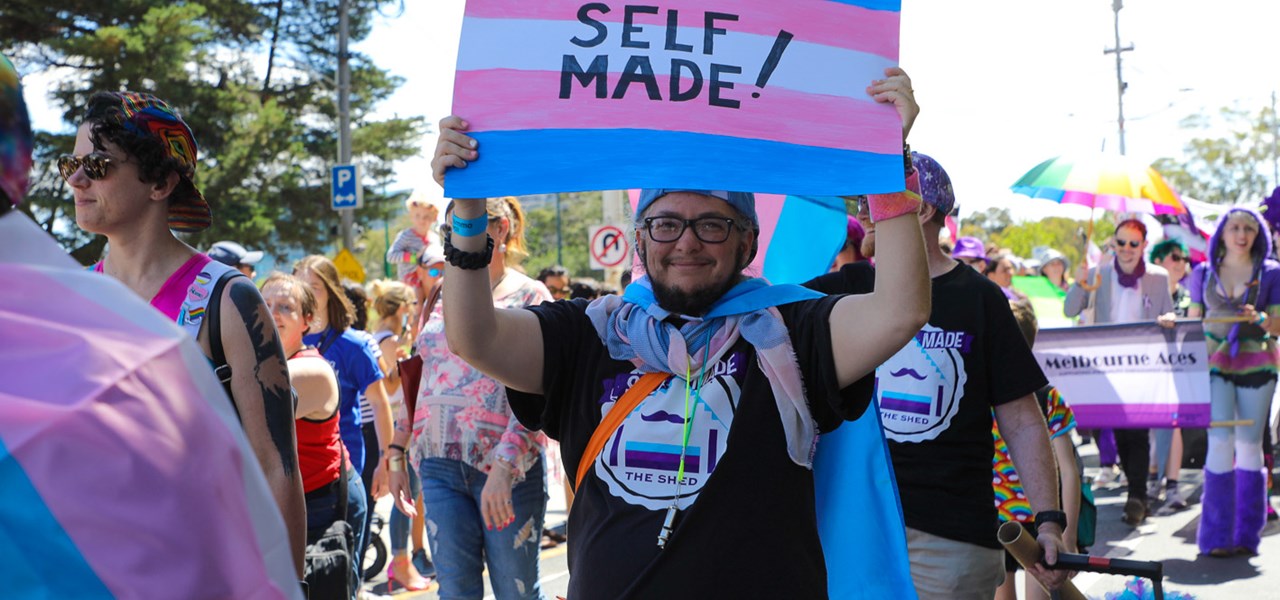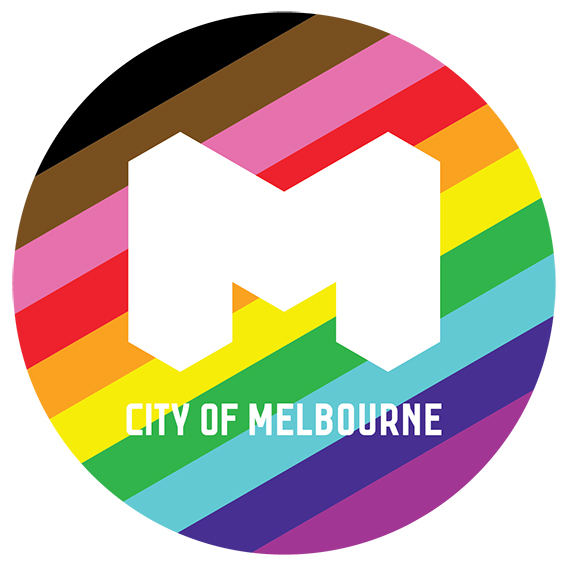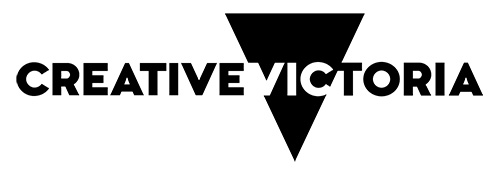LGBTQIA+ Flags
Midsumma Pride March by Dean Arcuri
Flags (and the many varieties of them) have always been an integral part of creating and sharing our identity in our LGBTQIA+ community. They are a visible representation of identity that people use in celebration, in protest, or even as a casual adornment. There have been many LGBTQIA+ flags over the years. Some have evolved, like the original Pride flag created in 1978 by Gilbert Baker and flown at the San Francisco Gay Freedom Day parade. While others are constantly being conceptualised and created.
What follows is a non-exhaustive list of flags used by the LGBTQIA+ communities and their allies. Midsumma has used many different flags to celebrate since 1988, and does not support just one flag. We love them all!!
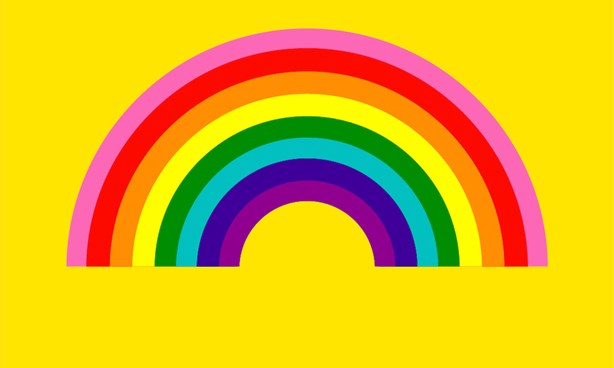
Gilbert Baker Pride Flag
In 1977, Harvey Milk challenged Gilbert Baker, a veteran who taught himself to sew, to come up with a symbol of pride for the gay community. His response? The original Pride flag. Inspired by Judy Garland's "Over the Rainbow," these colors flew at the San Francisco Gay Freedom Day Parade celebration on June 25, 1978. Though some dispute whether Baker was the sole creator of the flag that started it all, its symbolism remains.
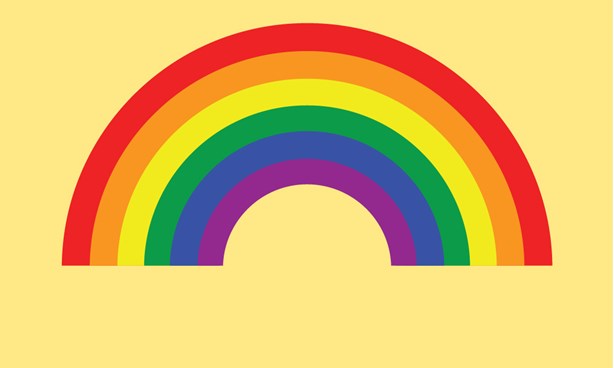
Gay Pride Flag
This is the most familiar flag. In 1979, the community landed on this six-color version, which was hung from lampposts in San Francisco. Numerous complications over having an odd number of colors led to turquoise being dropped, at least according to reports.
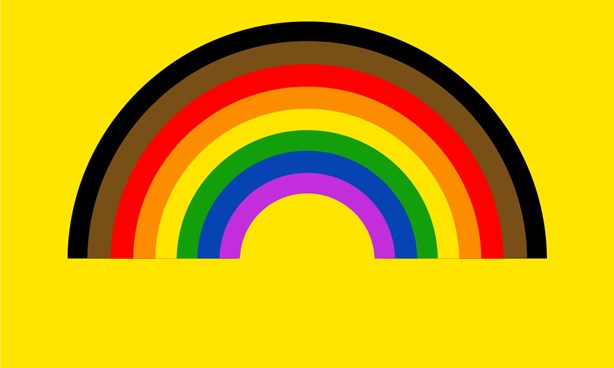
Philadelphia People Of Colour Inclusive Flag
Noting that queer people of color are often not fully included in the LGBT community, the city of Philadelphia added two colors — black and brown — to the Pride flag in their honor. The city had previously faced accusations of racial discrimination in its gay bars.
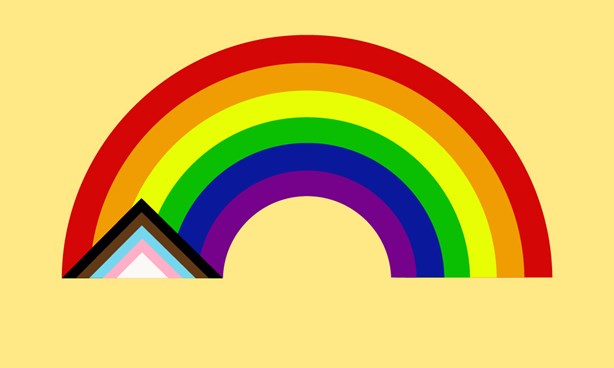
Progress Pride Flag
This new flag seeks to take Philadelphia's inclusive approach a step further. Daniel Quasar, who identifies as queer and nonbinary, designed this flag. The white, pink, and light blue reflect the colors of the transgender flag, while the brown and black stripes represent people of color and those lost to AIDS.
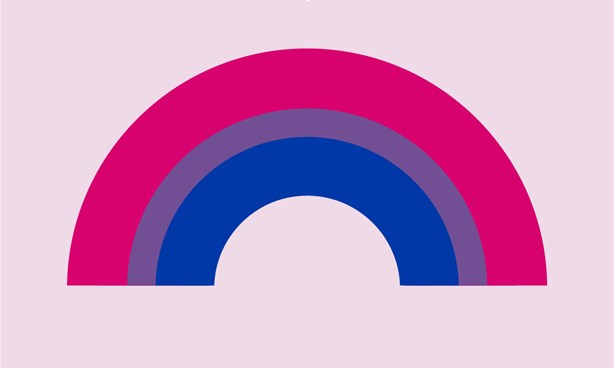
Bisexual Flag
Designed by Michael Page, the flag brings visibility to the bisexual community. The flag was inspired by an older symbol of bisexuality: the "biangles," two overlapping pink and dark blue triangles.
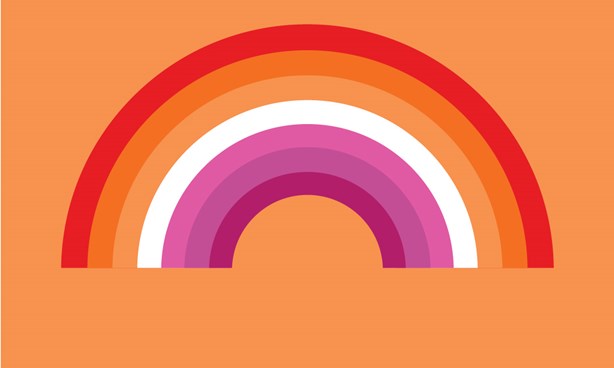
Lesbian Pride Flag
Lesbian pride flag design proposed in 2018. The flag with seven orange-to-dark-pink stripes was originally created in 2016 by a different designer as a butch-femme flag. This flag was more commonly used after replacing the "Lipstick Lesbian pride flag" from 2010.

Pansexual Pride Flag
Created on the web in 2010, this flag has colors that represent pansexuality's interest in all genders as partners. The pink represents women, yellow nonbinary and gender-nonconforming people, and the blue is for men.
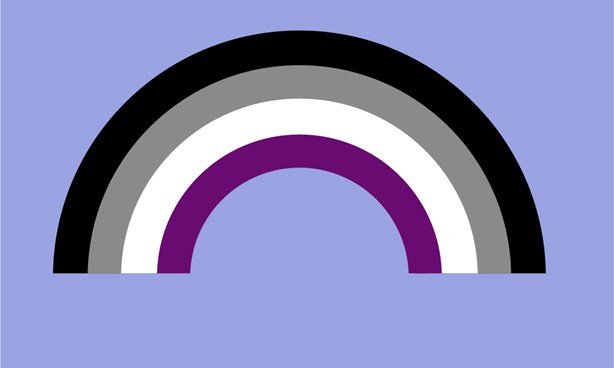
Asexual Pride Flag
Like the pansexual flag, the asexual flag was created in 2010. Inspired by the Asexual Visibility and Education Network logo, it represents many ace identities, including graysexuals (the fluid area between sexuals and asexuals) and demisexuals (people who don't experience sexual attraction unless they have an emotional connection with their partners.)
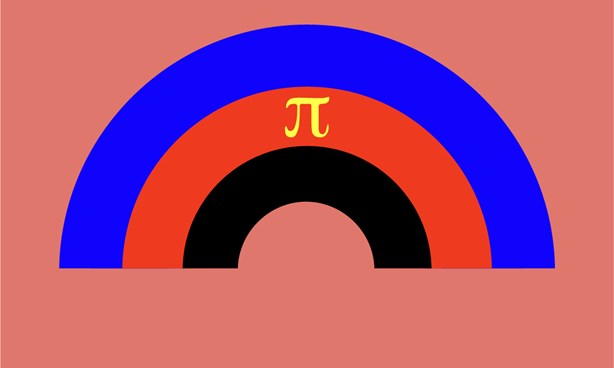
Polyamory Pride Flag
Featuring the symbol for the infinite number pi, which shares the first letter of "polyamory," this flag celebrates the infinite selection of partners available to polyamorous people. The letter is gold to represent the emotional attachment we have with others as friends and romantic partners, rather than just our carnal relationships.

Intersex Flag
Designed in 2013 by the organization Intersex International Australia, this flag intentionally features nongendered colors that celebrate living outside the binary.
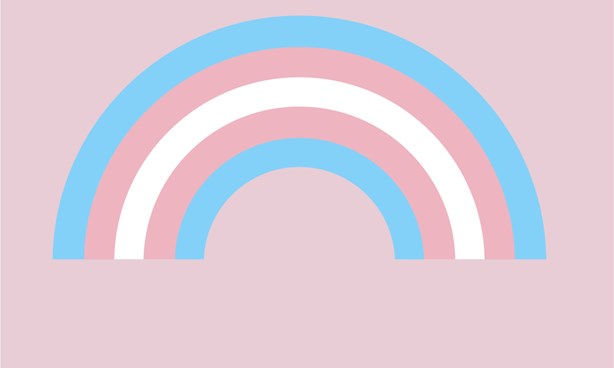
Transgender Pride Flag
Monica Helms, a trans woman, designed this flag in 1999, and it was first flown at a Pride Parade in Phoenix a year later.
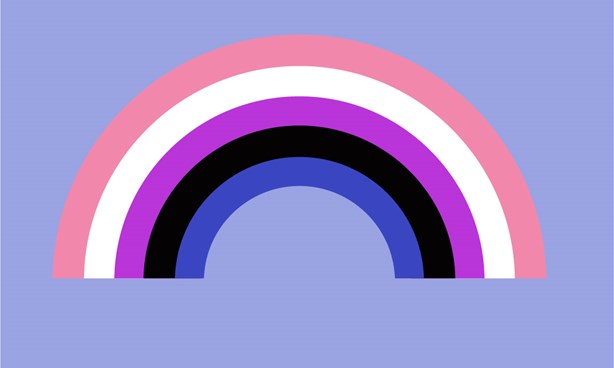
Genderfluid/Genderflexible Flag
Encompassing the fluctuations and the flexibility of gender in genderfluid people, the flag features colors associated with femininity, masculinity, and everything in between. The pink stands for femininity. The white represents the lack of gender. The purple represents the combination of masculinity and femininity. The black symbolizes all genders, including third genders. The blue reflects masculinity.
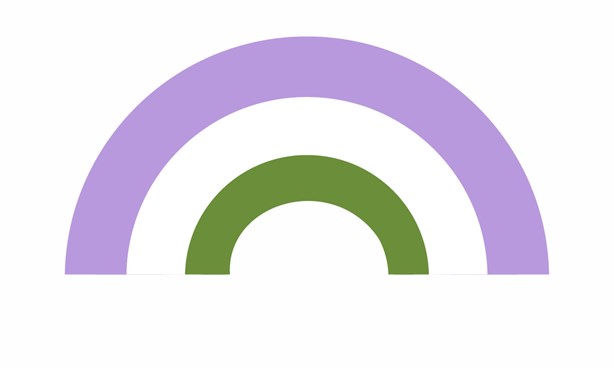
Genderqueer Pride Flag
Created in 2011 by Marilyn Roxie, the genderqueer flag highlights androgyny with lavender, agender identities with white, and nonbinary people with green. Some people refer to it as a nonbinary flag if they feel queer is a slur.

Polysexual Pride Flag
Polysexuality, unlike pansexuality, is the attraction to multiple genders but not all. A middle ground between bisexuality and pansexuality, it is centered more around attractions to femininity and masculinity rather than gender itself.
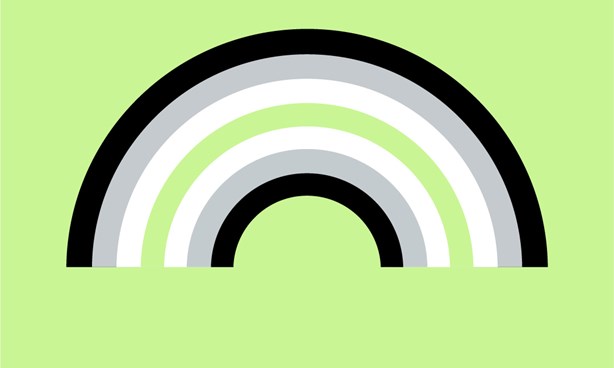
Agender Pride Flag
While genderqueer people bend the rules of gender, agender people reject a gender completely. For their flag, the black and white stripes represent the absence of gender, while green, the inverse of the gender-heavy purple, represents nonbinary genders.

Aromantic Pride Flag
While asexual flags use purple to show their lack of sexual attraction, aromantic flags use green to celebrate the people who live without romantic attraction.
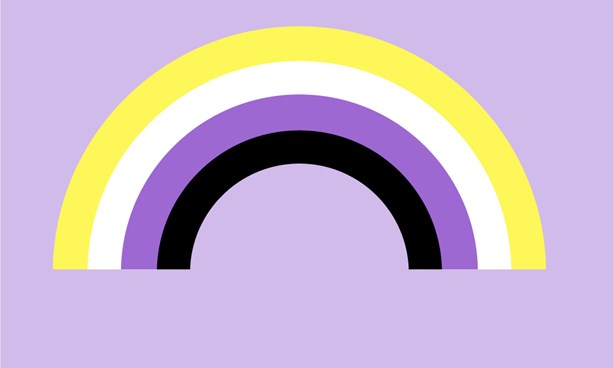
Non Binary Pride Flag
Created by 17-year-old Kye Rowan in 2014, this flag was a response to nonbinary people feeling improperly represented by the genderqueer flag.

Demisexual Pride Flag
It is unknown how or when the demisexual flag came to be, but it is very similar to the asexual flag in its use of colours
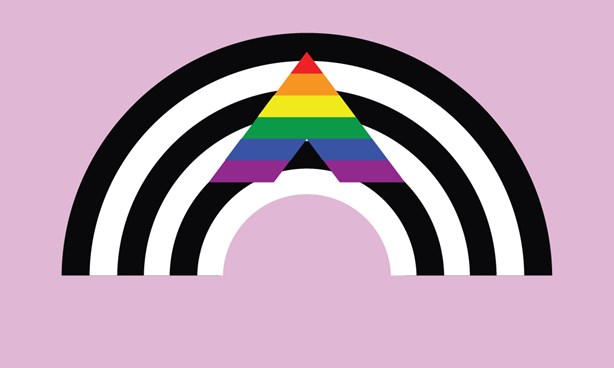
Straight Ally Flag
Straight ally can show their support as well.
*the above information can be found in full at pride.com

